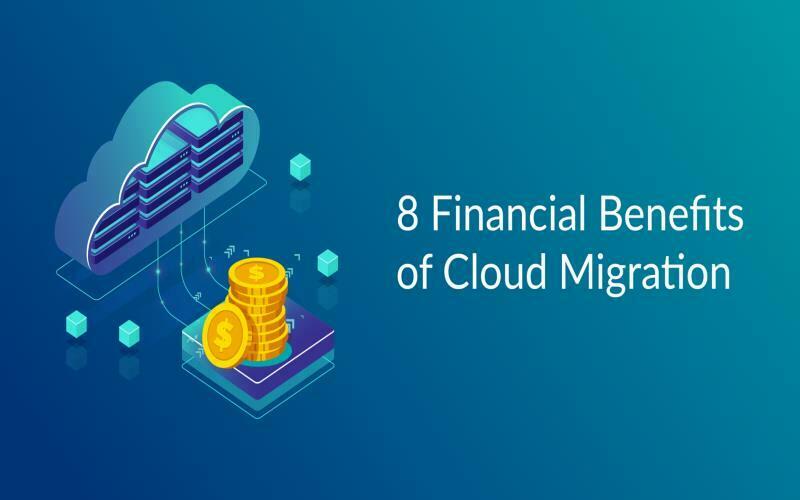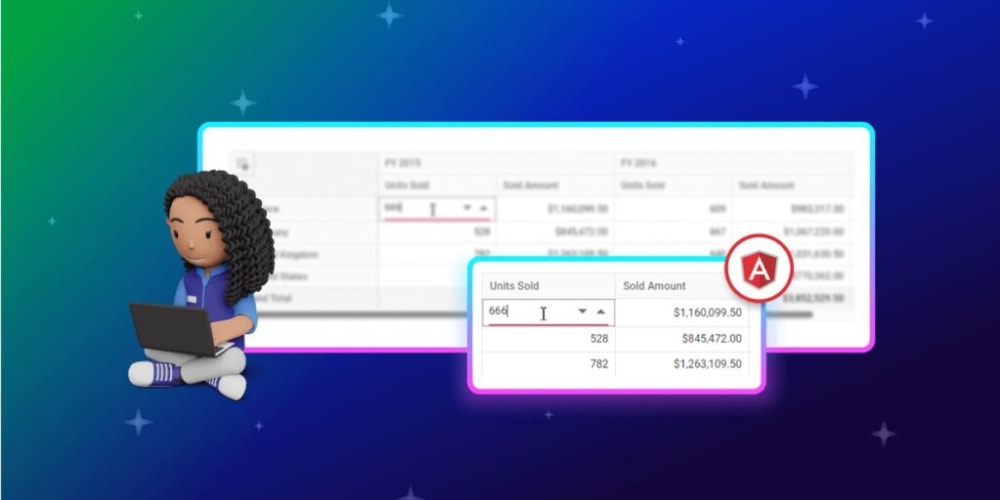
Transferring data, software, and other IT resources from on-premises servers to cloud-based platforms is called cloud migration. However, moving to the cloud also has critical financial advantages worth considering. In this blog, we will explore some financial benefits of cloud migration. Let’s check out.
Reduced Capital Expenditure
Lowering capital expenditures (CapEx) on IT infrastructure is one of the primary financial advantages of moving to the cloud. The term “capex” describes the up-front expenses associated with purchasing and maintaining tangible assets, such as servers, storage units, network hardware, and software licensing. These expenses can be high and frequently necessitate depreciation and long-term commitments.
Conversely, cloud migration can convert CapEx IT spending to operating expenses (OpEx). OpEx is the term for the ongoing expenses associated with using and managing IT resources, including electricity, upkeep, security, and support. Cloud providers themselves take care of upgrades, patches, and other maintenance.
Research by Cloud Academy found that moving to the cloud can cut CapEx by up to 40%. This can free up money for otherwise strategic projects and investments.
Improved Cost Efficiency
Cost efficiency is the ratio of output to input or how much value you obtain for your money. Moving to the cloud has additional financial advantages because it can increase cost-effectiveness. Cloud migration can save costs by maximizing resource utilization, cutting operating costs, and boosting corporate agility.
Cloud migration can maximize resource efficiency by enabling you to scale up or down your IT resources per your business needs and demand. This can avoid underutilizing or overprovisioning resources, which can lead to lost opportunities or financial waste. You can save money using cloud providers’ numerous price options based on your usage habits and commitments.
Cloud migration can lower operational costs by removing or drastically reducing the requirement for on-premises IT workers, facilities, and equipment. Research from Microsoft Azure claims that cloud migration might lower the support workload for the IT department by up to 36%. This may result in decreased labor and overhead costs.
Cloud migration can boost corporate agility by allowing for quicker product and service creation and deployment. A study by IPSpecialist3 found that moving to the cloud can increase business agility by up to 35%. You may quickly and rapidly design and test new solutions with the help of several tools and technologies accessible through cloud platforms. Cloud platforms also provide accessibility and global reach, which can assist you in growing your market and clientele.
Enhanced Disaster Recovery
Business Continuity and Disaster Recovery (BCDR) are two related concepts. It focuses on ensuring the resilience and availability of critical business operations and data in the face of disruptions or disasters.
For example; In the event of a natural or artificial disaster, such as a fire, flood, earthquake, cyberattack, or human mistake, disaster. Business resilience and continuity depend on disaster recovery.
Cloud migration can improve disaster recovery by offering dependable backup and restore capabilities. Data availability and integrity can be guaranteed by the numerous levels of redundancy and replication offered by cloud providers across several zones and geographies.
Cloud Academy claims that moving to the cloud can increase disaster recovery capabilities by 38%.
Conclusion
One of the leading cloud migration solution providers in the market is Opkey. More than 100 enterprises have successfully migrated to the cloud with their assistance. They offer services like omnichannel testing at scale, autonomous business process discovery and testing mining, real time change visibility, and more. Opkey’s no-code test automation for enterprise helps organizations to streamline the testing process and improve speed, efficiency and quality of the applications.


















